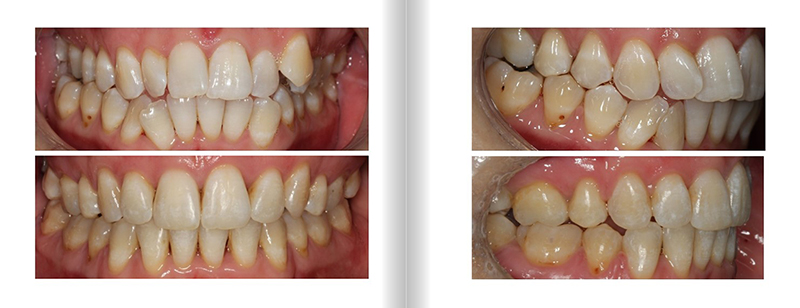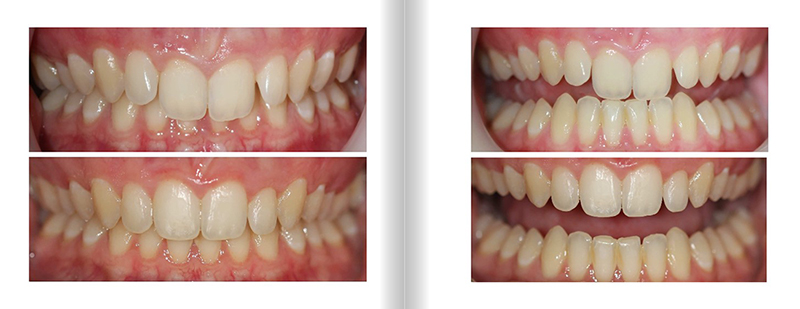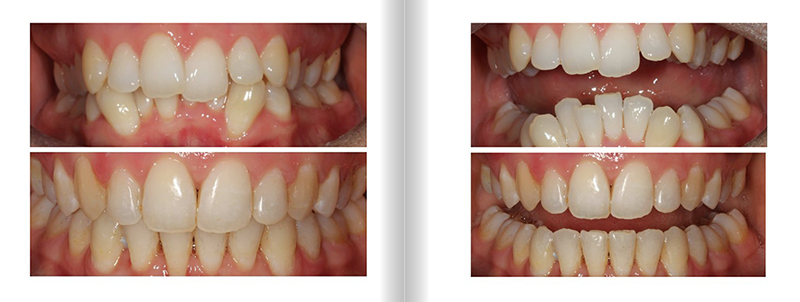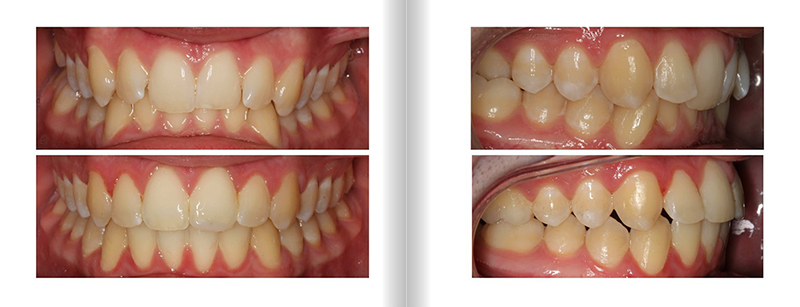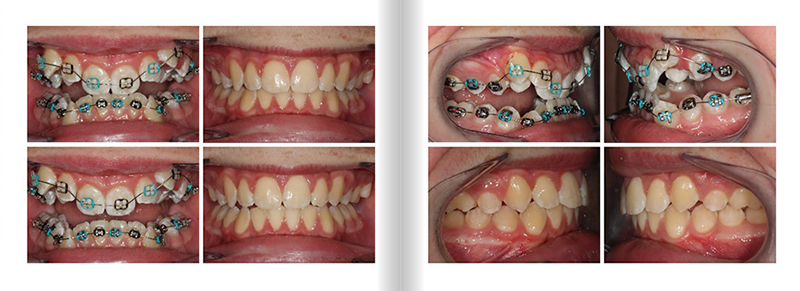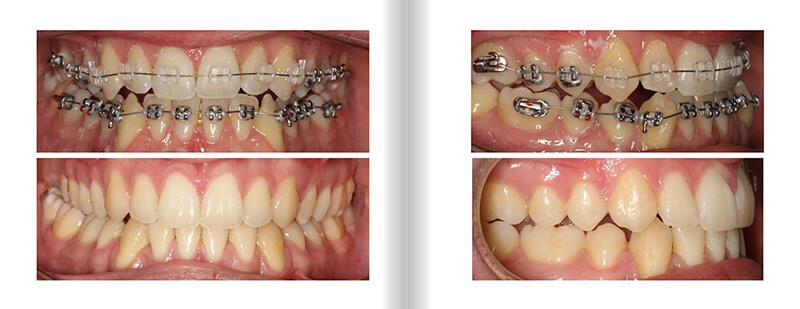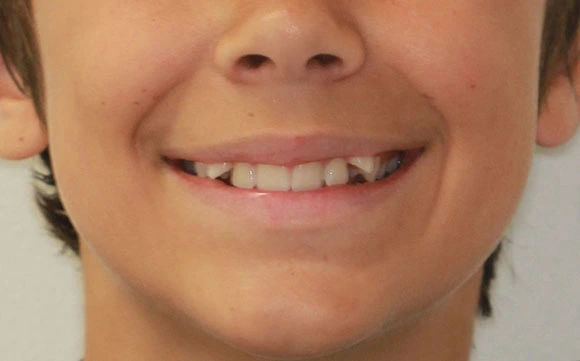
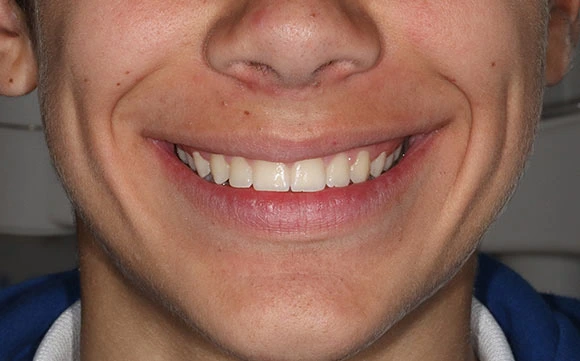
Before and After Kids Braces
For many Adelaide parents, braces for kids are essential
Kids Braces That Make Parents Happy Too
At Cumberland Dental, we understand the significance of early intervention when it comes to orthodontic care.. Introducing braces for kids at an appropriate age can make a remarkable difference in their dental health.
Early treatment helps in guiding the jaw’s growth, rectifying bite problems, and making room for crowded teeth. Addressing these issues during the developmental phase can prevent more complex problems in the future. It often means shorter treatment times in later years and can also eliminate the need for more invasive procedures as an adult.
Beyond the physical benefits, early orthodontic intervention boosts a child’s confidence, giving them a radiant smile they’re proud to showcase. Trust Cumberland Dental to prioritise your child’s long-term dental health, ensuring they reap the benefits of timely orthodontic care.
Limited Time Offer!
Grab a FREE orthodontic consultation with Dr. Gaffey.
Special offer has been extended to 20th October 2025!
Call 08 82716233 now!
Common Types of Braces for Kids in Adelaide, SA
In Adelaide, parents and guardians seeking orthodontic solutions for their children have a variety of options. Here’s a brief overview of the common types of braces for kids:
Traditional Metal Braces
The most common type, these consist of metal brackets and wires. They’re reliable, effective, and nowadays, kids can even choose colourful bands for a fun touch.
Ceramic Braces
Similar to metal braces in design, but they use tooth-coloured or clear brackets, making them less noticeable. They’re as effective as metal braces but with a subtler appearance. We use Ceramic brackets on the top front teeth as our standard treatment!
Invisalign for Teens
Clear, removable aligners tailored for teenagers. They offer the advantage of being almost invisible and are especially popular among self-conscious teens.
Each type has its benefits, and the best choice will depend on the child’s specific needs, lifestyle, and desired outcomes.




Top Benefits of Braces for Kids
Proper Alignment
Braces correct overcrowded or misaligned teeth, ensuring a straighter smile.
Improved Bite Function
They rectify bite problems, ensuring proper jaw alignment and functionality.
Enhanced Oral Hygiene
Straight teeth are easier to clean, reducing the risk of cavities and gum disease.
Facilitates Speech
Properly aligned teeth can aid in clearer speech, rectifying lisps or other speech impediments.
Boosted Confidence
A straight smile can significantly uplift a child’s self-esteem, impacting their social and emotional development positively.
Prevention
Early intervention can prevent severe dental issues in the future, often eliminating the need for more invasive treatments later on.
At Cumberland Dental, we genuinely believe in the transformative power of braces.

$0 Deposit Payment Plan
We’re thrilled to offer a seamless partnership with HUMM, providing you the convenience of purchasing now and paying later through easy, interest-free installments. Say goodbye to hefty upfront costs – with $0 deposit required, achieving your dental goals has never been more accessible. Let us help you achieve the smile of your dreams, without the financial stress. Explore our services today and experience the freedom of flexible payment options with Cumberland Dental and HUMM.
*conditions apply



How to prepare for braces
Overcoming challenges and tips
Understanding your child’s journey to a brighter smile with braces is vital for every parent. Preparation can ease the transition, making the experience smoother. Here’s a quick guide to help:
1. Open Conversations: Talk with your child about what to expect, alleviating any anxieties. Familiarity can often ease apprehension.
2. Dietary Changes: Stock up on soft foods for the first few days post-brace fitting. This minimises discomfort and helps in the transition. Remember, sticky or hard foods can harm the braces.
3. Oral Care Kit: Equip your child with an on-the-go dental kit. It should include a toothbrush, toothpaste, floss, and mouthwash, ensuring cleanliness, especially after meals.
4. Pain Management: Over-the-counter pain relievers can be a relief in the initial days. Always consult with your dentist or paediatrician for recommendations.
5. Regular Check-ins: Regularly check with your child on how they’re feeling. Emotional support plays a key role in adjusting to the new experience.
6. Stay Positive: Emphasise the benefits of the treatment. This journey, though challenging, will yield a confident and radiant smile.
At Cumberland Dental, we are committed to guiding you and your child through each step, ensuring the process is as comfortable and reassuring as possible.
Adelaide Kids Braces FAQs
At what age should kids start considering braces?
The ideal age for kids to start considering braces varies, but it’s generally recommended to have an orthodontic evaluation around the age of 7. This early assessment allows the orthodontic provider to identify any potential issues with jaw growth or tooth development. While treatment may not start immediately, early evaluation can help plan for future orthodontic work. In many cases, braces are more commonly applied during early adolescence, when most of the permanent teeth have erupted, typically between the ages of 11 and 14.
What are the signs that my child might need braces?
Common signs that your child might need braces include noticeable crowding or misalignment of teeth, difficulty in biting or chewing, jaw misalignment, and prolonged thumb-sucking or use of a pacifier beyond the toddler years. Other indicators can be losing baby teeth too early or too late and teeth that meet abnormally or not at all. It’s important to have regular dental check-ups, as dentists can often identify potential orthodontic issues early and recommend a visit to an orthodontist for a more detailed evaluation.
How long do kids typically need to wear braces?
The duration kids need to wear braces varies depending on the complexity of the dental issues being corrected. On average, most children wear braces for about 18 to 24 months. However, treatment can be shorter for minor corrections or longer for more complex alignment issues. Regular check-ups and adjustments are necessary throughout the treatment period, and after the braces are removed, most children will need to wear a retainer to keep their teeth in place.
What types of braces are best for kids?
The best type of braces for kids depends on their orthodontic needs and personal preferences. Traditional metal braces are often a popular choice due to their effectiveness and durability. Ceramic braces, which are less noticeable due to their tooth-coloured brackets, are another option. In some cases, especially for mild to moderate alignment issues, clear aligners like Invisalign Teen can be suitable. Dr Jack will recommend the most appropriate type of braces based on the child’s specific dental issues and lifestyle factors.
How can I help my child adjust to wearing braces?
Helping your child adjust to wearing braces involves a few key steps. First, provide a diet that’s brace-friendly, avoiding hard, sticky, or chewy foods that can damage braces. Encourage good oral hygiene habits, as cleaning teeth can be more challenging with braces. Supply them with orthodontic wax to use in case of any discomfort from the braces rubbing against the inside of their mouth. Be supportive and reassure them about the importance and benefits of wearing braces. Regularly remind them that many kids go through this experience and the outcome — a healthy, beautiful smile — is well worth it.




